Propel provides innovative insurance solutions to thousands of companies across the country. We make it our business to know your world inside and out.
Employee Benefits, Insights
Self-Funding Offers Smart Employee Benefits Option for Companies with 50+ Employees
The fully insured health insurance market is encountering significant challenges, surpassing any I’ve witnessed during my 20+ years in the health insurance industry. Costs are surging, employer frustrations are reaching new levels, and many feel trapped in an unending cycle of difficulties. Many employers don’t have access to the data they need to bring claims under control. The situation seems impossible – but a solution is available. By embracing alternative-funded benefit solutions, employers can take control of employee benefits.
Health Care Costs Have Surged
Several factors are contributing to skyrocketing costs. One of these factors is rising prescription costs. According to the American Hospital Association, the median launch price for new brand-name prescription drugs surged from $2,115 in 2008 to $180,007 in 2021. The percentage of drug prices exceeding a cost of $150,000 per year has increased from 9% in 2008 to 2013 to 47% in 2020 to 2021.
In addition, staffing shortages are increasing the cost of labor. According to the 2023 NSI National Health Care Retention & RN Staffing Report, the hospital turnover rate increased from 19.5% in 2020 to 25.9% in 2021 and 22.7% in 2022. The turnover rate for registered nurses was even higher, reaching 27.1% in 2021. KFF says average pay for travel nurses surged amid staffing shortages, increasing from $1,896 per week in January 2020 to $3,782 per week in December 2021.
These rising costs are putting pressure on the health care system, which is, in turn, impacting health plan renewals. According to the International Foundation of Employee Benefit Plans, medical plan costs are expected to increase by 7% for the 2024 plan year. The Center for American Progress says employer-sponsored insurance costs have risen faster than inflation and wages over the past decade. Both premiums and deductibles are surging. Even large employers lack the power to negotiate fair prices.
Carrier Savings Don’t Always Trickle Down
Big health insurance carriers are taking steps to rein in their costs, but these savings don’t necessarily trickle down.
According to Drug Channels, there have been several vertical integrations between health insurance carriers, pharmacy benefit managers (PBMs), specialty pharmacies, and providers. Examples include Aetna’s acquisition of CVS Health and Cigna’s acquisition of Express Scripts.
Carriers may achieve improved efficiency and cost control from these vertical integrations, but healthcare costs are still rising rapidly for employers and their employees.
Options for Employers with 50+ Employees
Employers who are stuck paying high rates may feel trapped. Self-funding alternatives provide a way out.
According to Healthcare.gov, self-funding plans typically involve an employer collecting premiums from enrollees and then taking responsibility for paying medical claims for the employees and their dependents. In other words, self-funded employers cut out carriers, instead managing premium-collection and claims payments themselves. Employers can handle administration in-house or use third-party administrators for tasks such as plan enrollment and claims processing.
Although self-funding comes with risks, there are ways to limit these risks. For example, many self-insured employers purchase stop-loss insurance to protect against higher-than-expected catastrophic and aggregate claims.
Another option is to form or join an existing captive insurance company. This is a subsidiary company that exists for the sole purpose of providing insurance for the parent company or group of companies. Captive insurance structures are suitable for many different lines of insurance, but more organizations are recognizing the benefits of health insurance captives to achieve greater control over their risk management and cost containment goals.
Although it’s often large employers that embrace self-insured options, even midsize to large companies with 50 to 1,000 employees can take advantage of these structures. As healthcare costs continue to rise, smaller companies are exploring these alternatives.
Leveraging Self-Funding Data to Improve Care and Reduce Costs
When employers self-fund their health plans, they take control of costs and coverage. In doing so, they gain the capability to improve the quality of care while driving down costs.
According to KFF Health News, one-third of patients who receive knee replacement surgery may be poor candidates for the procedure. In fact, one in five patients are dissatisfied with the results. By steering members toward physicians with a proven track record, self-funded plans may be able to avoid unnecessary surgeries – and all the pain and costs that go with them.
This approach applies to other aspects of care, as well. According to Garner, high-performing doctors deliver higher-quality care at a lower cost. For example, data shows that 17% of all patients receive unnecessary medical tests, but only 6% of patients of top doctors receive unnecessary tests. Garner has succeeded in using more accurate doctor analytics and innovative incentives to send members to the top doctors in their network. This is resulting in lower out-of-pocket costs for employees and 10% to 20% savings for employers.
Weighing the Pros and Cons of Self-Funding
By embracing self-funding, employers can gain data insights, cost savings, greater control, and increased employee engagement. However, employers that self-fund need a savvy consultant who understands their company’s goals and systems.
Those considering alternative funding strategies should anticipate active engagement with their consultant throughout the process – and the work can really pay off. One recent mid-sized employer who worked with the Propel team saved roughly $200,000 – or 16% –first year in the captive. When you partner with Propel, we’ll work with you throughout the year to drive down costs. Contact us to learn more.

Lance Reyes
With over two decades of healthcare experience, Lance spent over a decade with Oregon’s largest insurance company before becoming part of Propel. This extensive background provides him with the strategic insight needed to navigate the dynamic and intricate healthcare industry. More about Lance...


